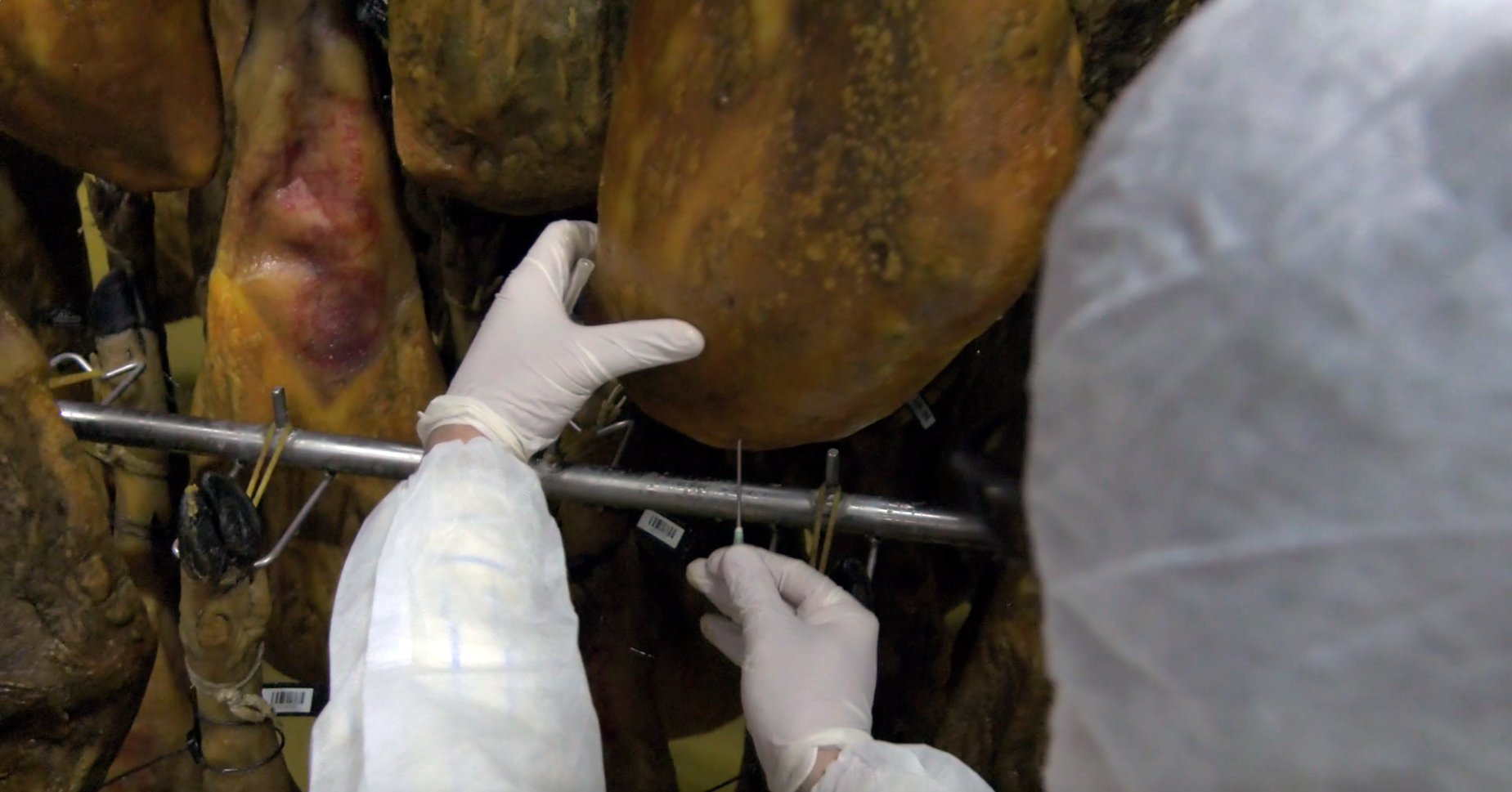Food aroma is one of the main indicators of its quality and can also provide information regarding the stages of production. The analysis of aromas using modern techniques offers alternatives to human evaluation and is a robust and reliable tool for detecting fraud, as frequently detected for example in the Iberian ham, olive oil, honey or wine markets.
One of the most powerful and promising techniques in the field of aroma characterization in food is gas chromatography-ion mobility spectrometry (GC-IMS), which is fast, effective, economical, and easy to transport. Despite its multiple advantages, the analysis of the raw data generated with this methodology is highly complex, which ends up limiting and complicating its use.

Now, researchers led by Dr. Santiago Marco, head of the Signal and information Processing for Sensing Systems at IBEC, together with researchers from the University of Córdoba led by Dr. Lourdes Arce, have developed new procedures for the analysis of GC-IMS data from aromas in food, opening the possibility to build tailored analyzers to check the quality and authenticity of high value food products.
In this work, recently published in the journal Sensors, researchers present a methodology going from the processing of raw data to the final characterization of the sample, and to validate the method they have been able to predict the pig feeding regime (acorn or feed) from samples of Iberian ham.
A new methodology that facilitates data interpretation

Currently, in the food industry, aroma analysis is done mainly through human panels, with experts trained in the identification and classification of certain aromatic characteristics. However, it is an expensive and highly subjective methodology, which makes difficult the reproducibility and reliability of the results.
An alternative is the use of instruments and methodologies that analyse the chemical composition of the sample, providing detailed and reliable information of certain aroma.
As a hybrid technique, GC-IMS provides many advantages, but it also generates highly complex data containing thousands of signals that require extensive pre-processing and sophisticated extraction of information regarding the aroma characteristics.
That is why researchers and engineers propose now a complete workflow, which goes from the analysis of the samples (sampling and GC-IMS protocol) to the interpretation of the data (data pre-processing and artificial intelligence), improving both, the quality of the data and the final detection of volatile compounds.
In this work we have developed new procedures that systematize, facilitate and optimize the interpretation of the results of samples analysed by GC-IMS, without losing the precision and advantages of the technique.
Santi Marco, IBEC group leader and UB professor
Applying our new approach to treat the data obtained from GC-IMS analyses, we have successfully identified samples of ham that come from 100% Iberian pigs and know if these pigs had been fed with acorns or with feed.
Lourdes Arce, University of Córdoba
Reference article: Rafael Freire, Luis Fernandez, Celia Mallafré-Muro, Andrés Martín-Gómez, Francisco Madrid-Gambin, Luciana Oliveira, Antonio Pardo, Lourdes Arce, Santiago Marco. Full Workflows for the Analysis of Gas Chromatography—Ion Mobility Spectrometry in Foodomics: Application to the Analysis of Iberian Ham Aroma. Sensors, 2021, 21, 6156.





